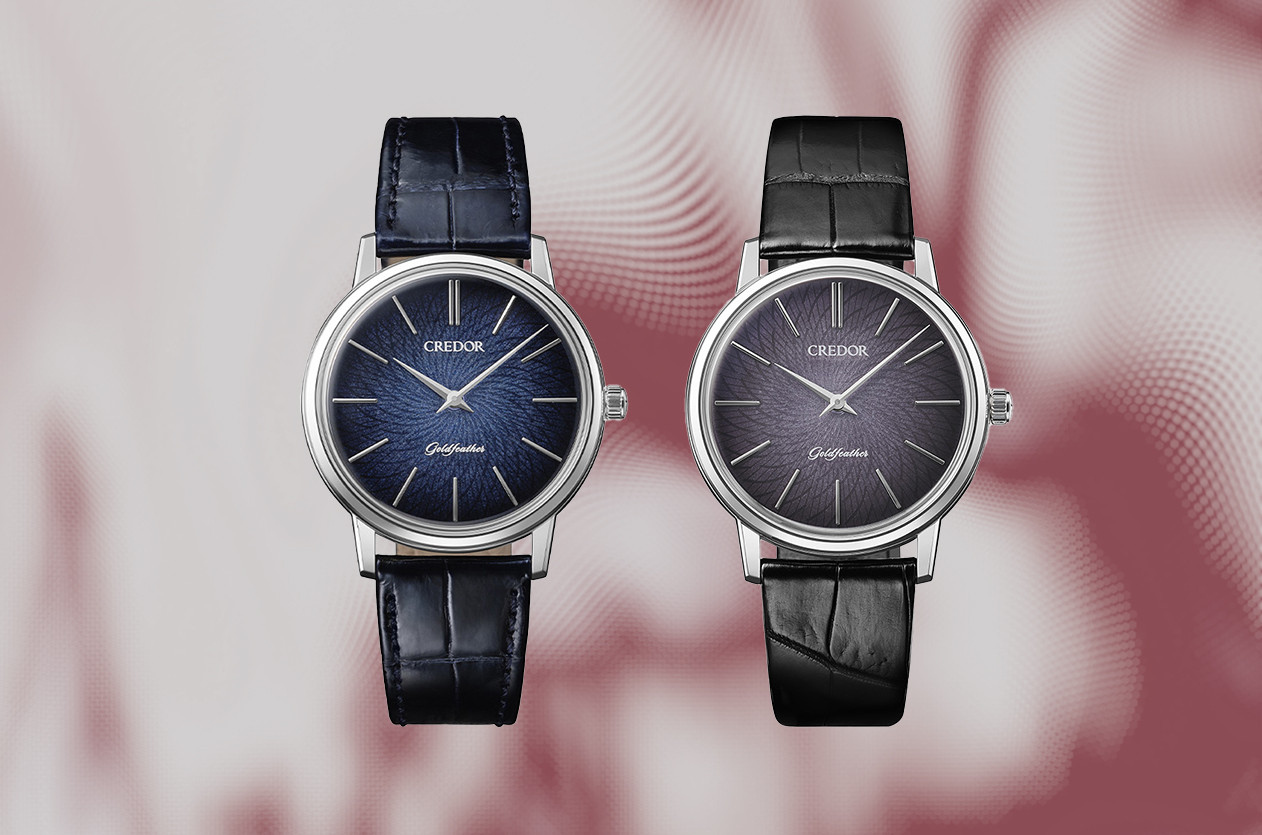
Introducing New Enamel-Dial Editions Join Credor’s Goldfeather Collection
Welcome to the hub of the horoloy
Unveiled in wartime, and transformed into an icon of precision and style
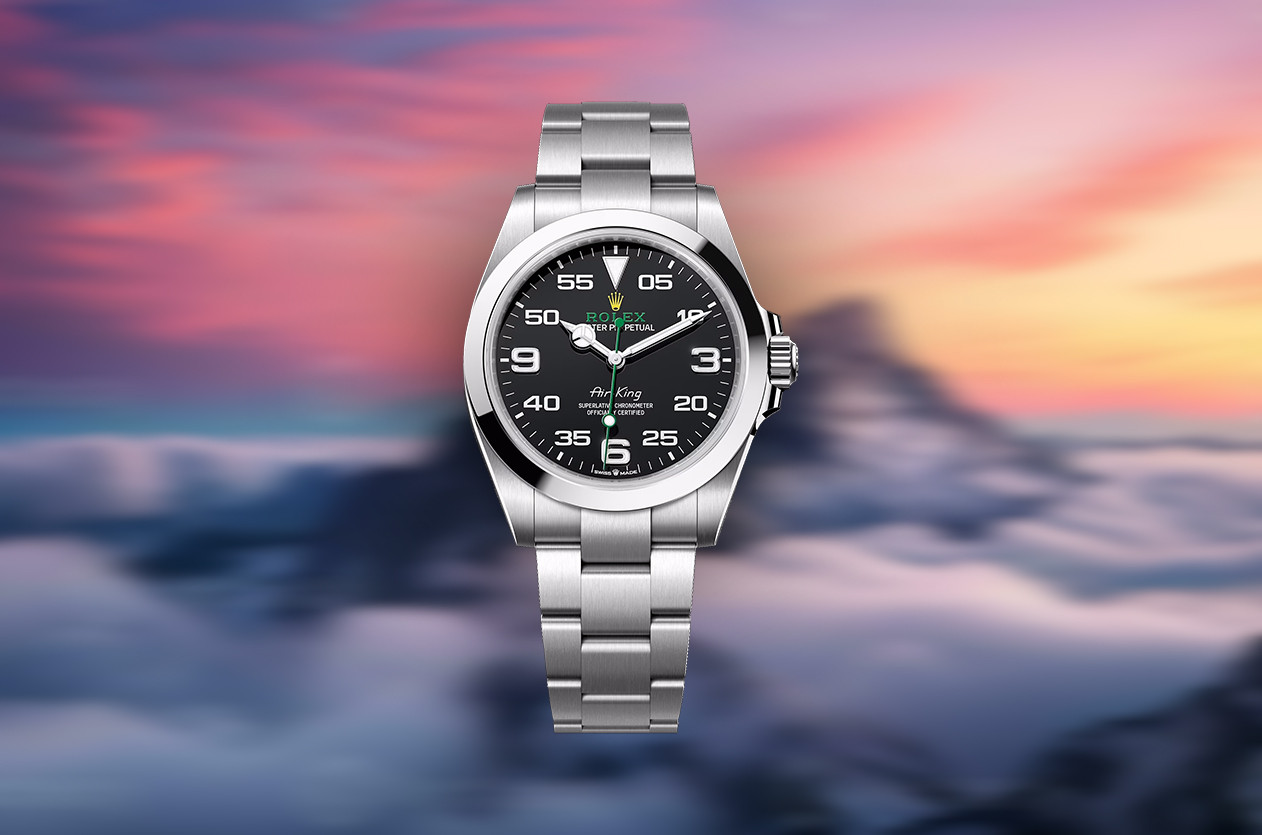
In the ever-evolving world of horology, one name stands out as a symbol of timeless elegance, precision craftsmanship, and luxury – Rolex. Rolex watches have transcended their utilitarian origins to become iconic symbols of status, sophistication, and excellence. In the midst of World War II, when the skies echoed with aircrafts, Rolex unveiled a timepiece that would go on to become an enduring symbol of aviation history – the Rolex Air King. Released in 1945 with the reference number 4925, the Air King was crafted with a specific purpose in mind: to accompany pilots on their high-altitude journeys. Originally created as a tribute to the Royal Air Force pilots who played a crucial role during World War II, the Air King has evolved over the years while maintaining its timeless appeal. (All pictures are courtesy to bobswatches.com)

The designation "Air-King" wasn't the sole employment of the "Air" nomenclature. In that era, various other "Air" designations adorned watch dials, such as "Air-Lion," "Air-Tiger," and "Air-Giant." While all these monikers would eventually be phased out, one endured – the Air-King – proving its resilience over time.

The original Rolex Air King was a crucial tool for pilots navigating the skies. Its distinctive look, marked by a beautiful beige dial, and Arabic numeral, it became an instant classic and evolved into a highly sought-after collector's piece. Over the years, the Rolex Air King underwent several transformations, with each iteration showcasing the brand's dedication to innovation. In 1957, the iconic Rolex Air King ref.5500 made history as the first Rolex watch to feature an in-house movement, a significant milestone for Rolex.
 |  |
Fast forward to 1989, and the introduction of ref.14000 brought a new movement, caliber 3000, operating at 28,800 vph (4Hz), offering 42-hours of power reserve. In 2000, Rolex upgraded the movement, achieving chronometer certification for the first time with the release of ref.114200.

After discontinuing the previous release in 2014, the Air King returned in 2016 with ref.116900. Sporting a 40mm Oystersteel case, anti-magnetic features, and the iconic dial layout with numerals at 3, 6, and 9 o'clock, the Air King once again captured the hearts of watch enthusiasts.

In 2022, Rolex took the Air King to new heights with the introduction of ref.126900. Embracing a sportier aesthetic, this iteration featured a revamped movement, crown guards. The result was a timepiece that not only paid homage to its aviation roots but also embraced a modern, dynamic appeal.
The Rolex Air King journey from the cockpit to the wrist of collectors is a testament to Rolex's commitment to innovation and excellence. As the Air King continues to evolve, it maintains its status as an iconic timekeeper, embodying the spirit of adventure and the pursuit of horological perfection.
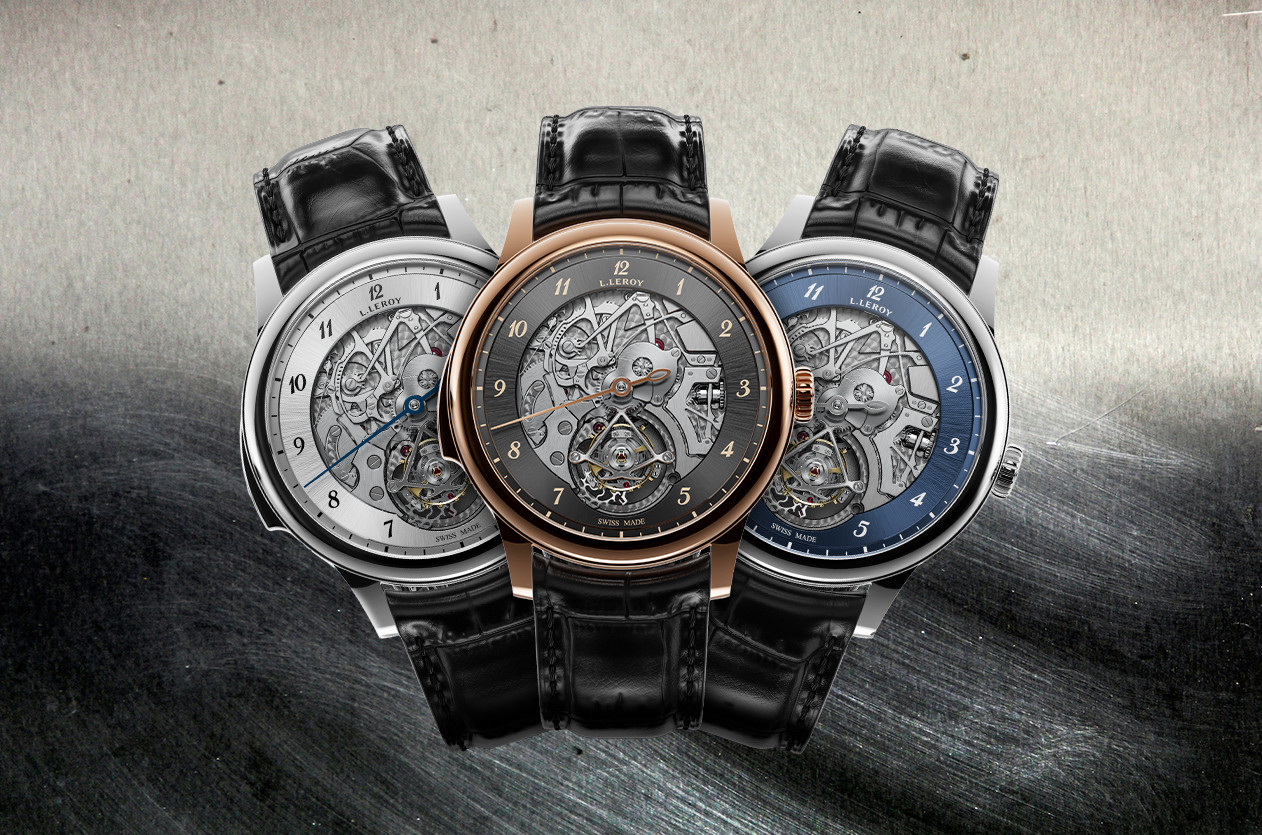
Introducing L.Leroy Unveils the Osmior “Bal du Temps”
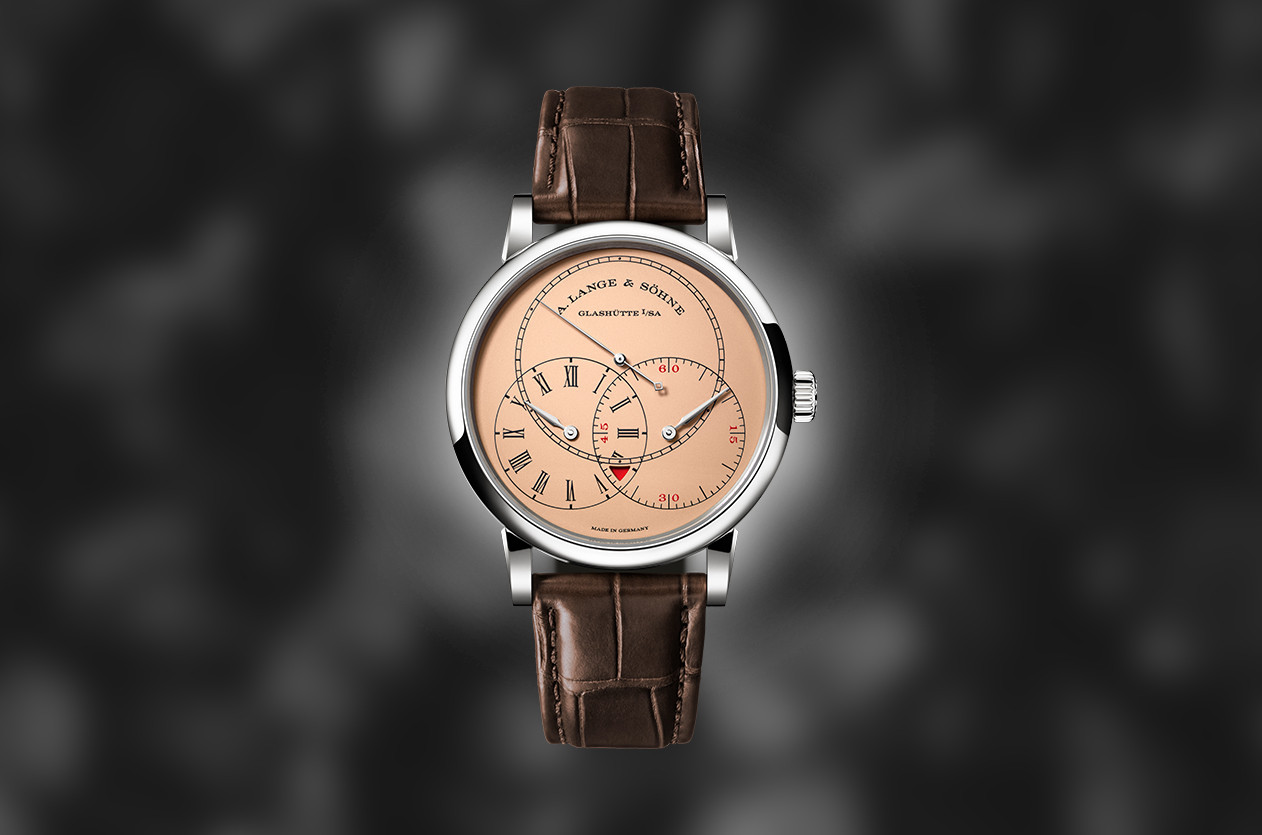
Introducing The New A. Lange & Söhne Richard Lange Jumping Seconds

Hands on The Summit Collection: A Strong First Step for New Brand Earthen
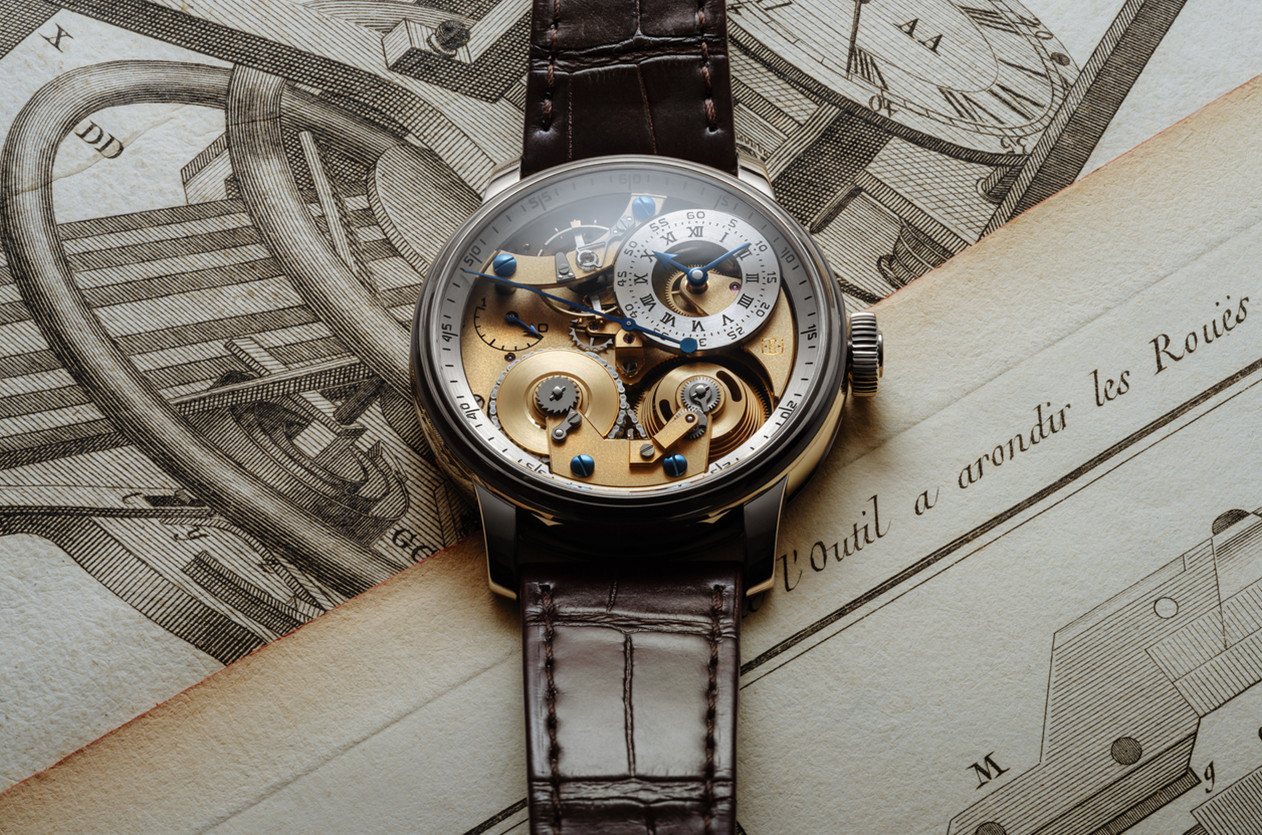
Introducing Naissance d’une Montre 3, Ferdinand Berthoud’s Masterpiece for the Tenth Anniversary

News Trump Hits Swiss Imports With 39% Tariffs
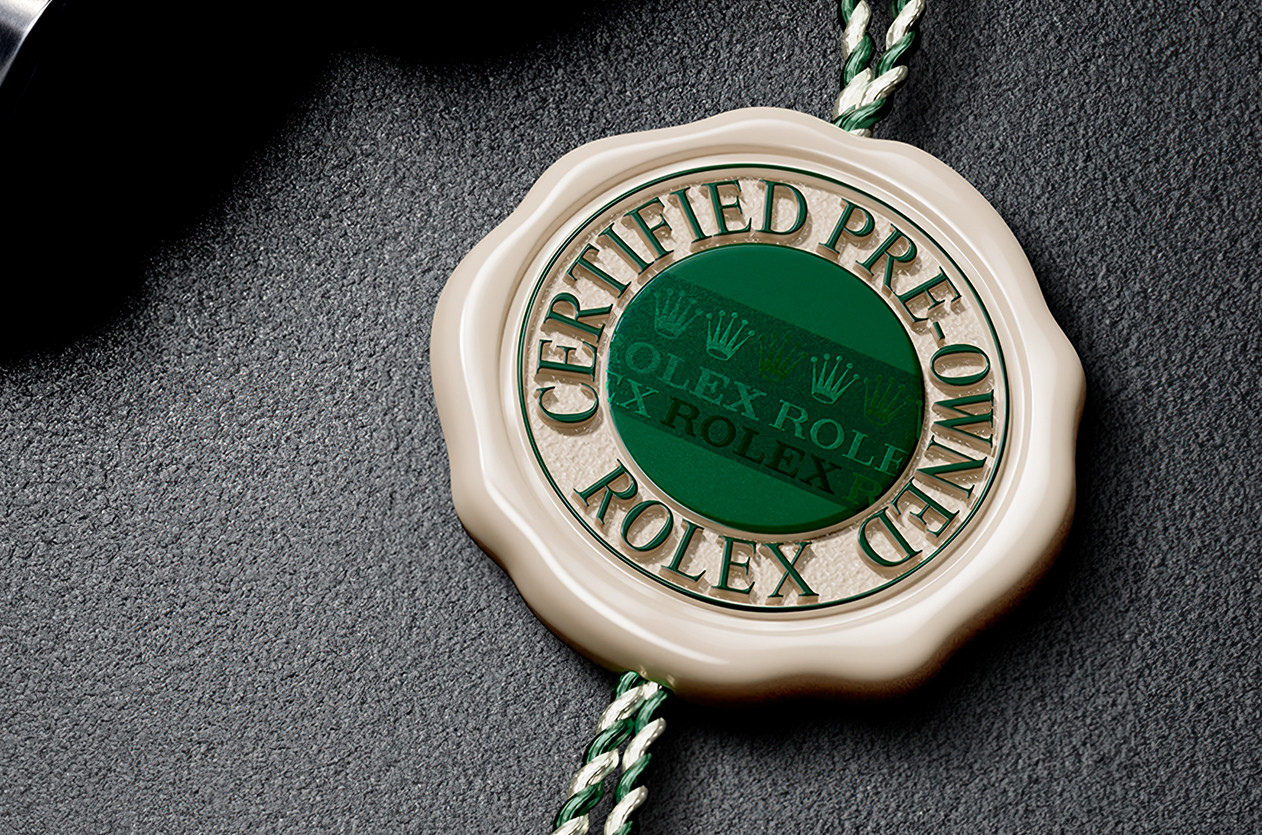
Editorial What is the reason behind the scarcity of Rolex watches in boutiques?

News Dubai Watch Week 2025 Will Be the Largest Ever with 90 Brands Participating
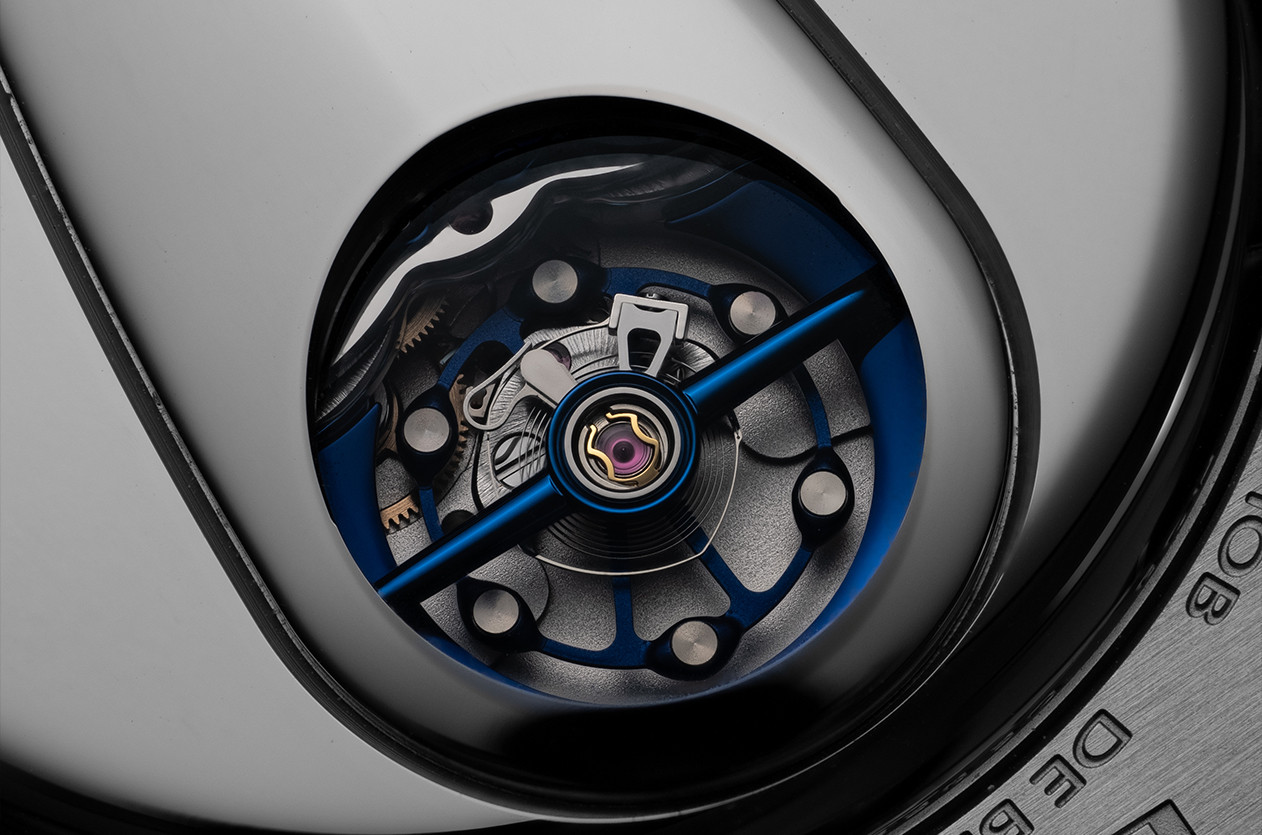
Technical The Frequency, Why It Matters in Mechanical Watches
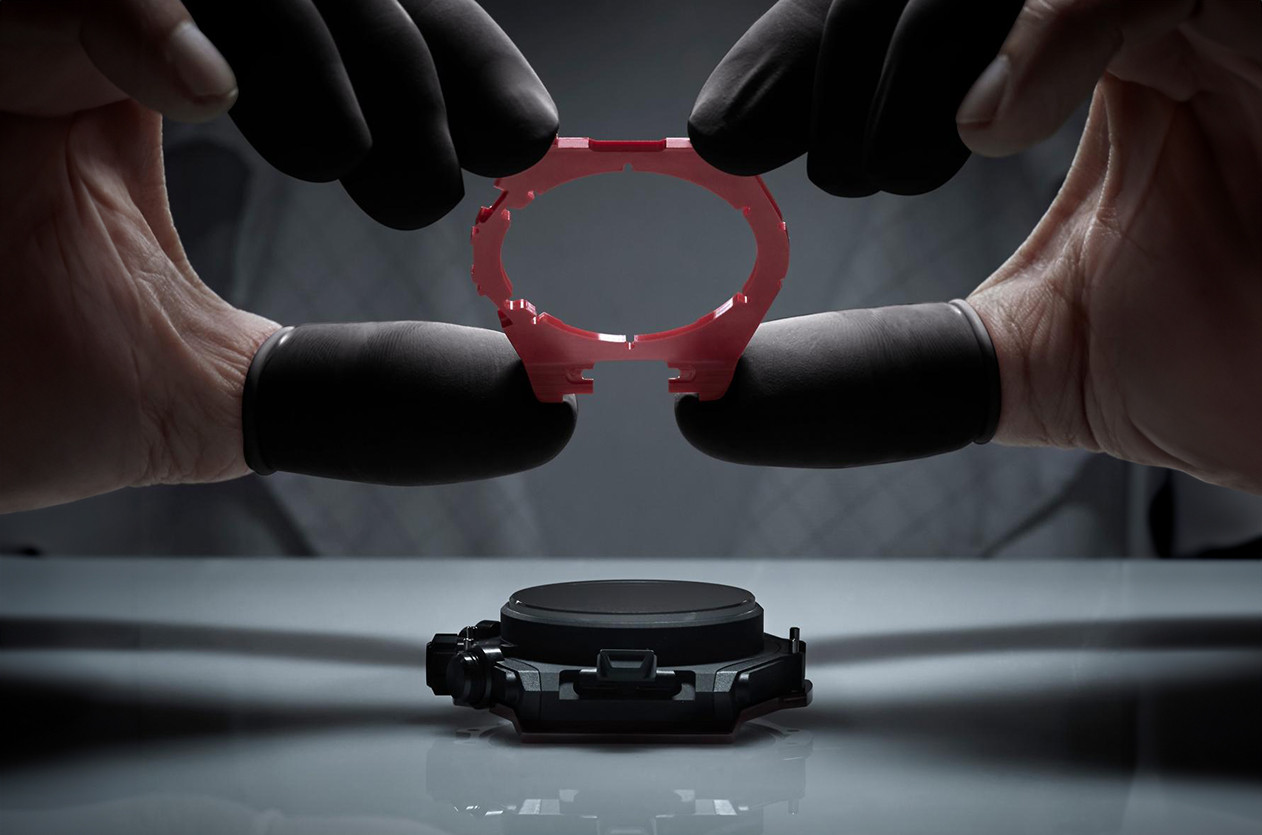
Editorial The Secrets of Watch Case Design
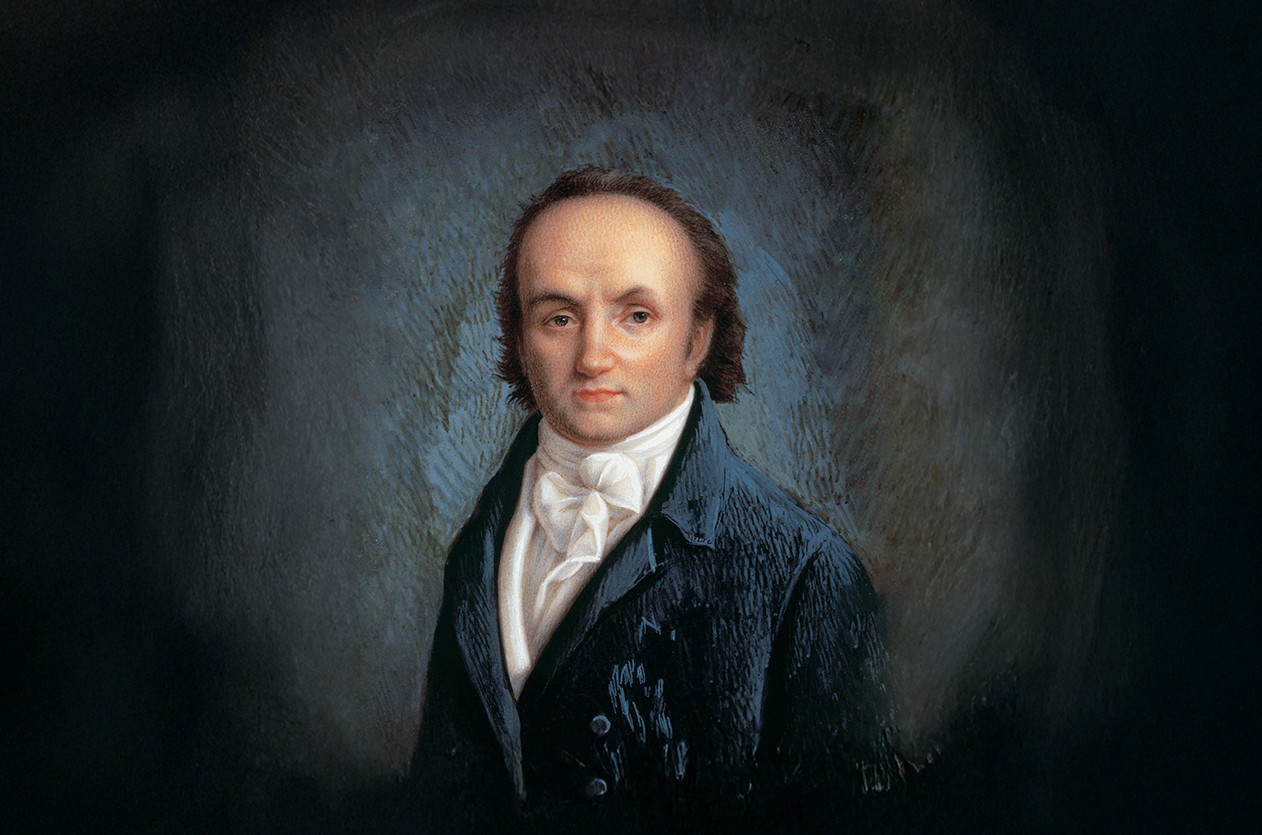
Editorial Abraham-Louis Breguet, The Father of Modern Horology
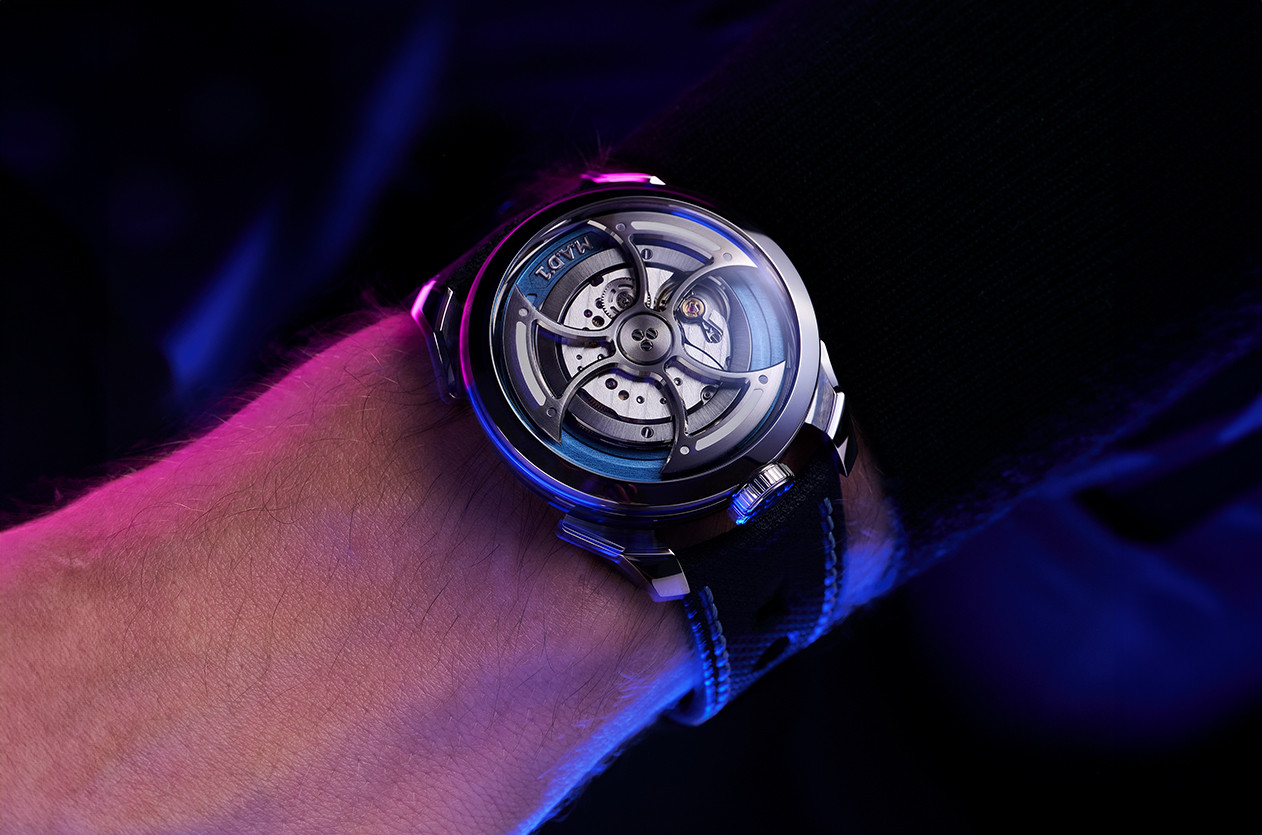
Introducing MB&F Unveils the New Generation of Its Famous Collection the M.A.D.1S
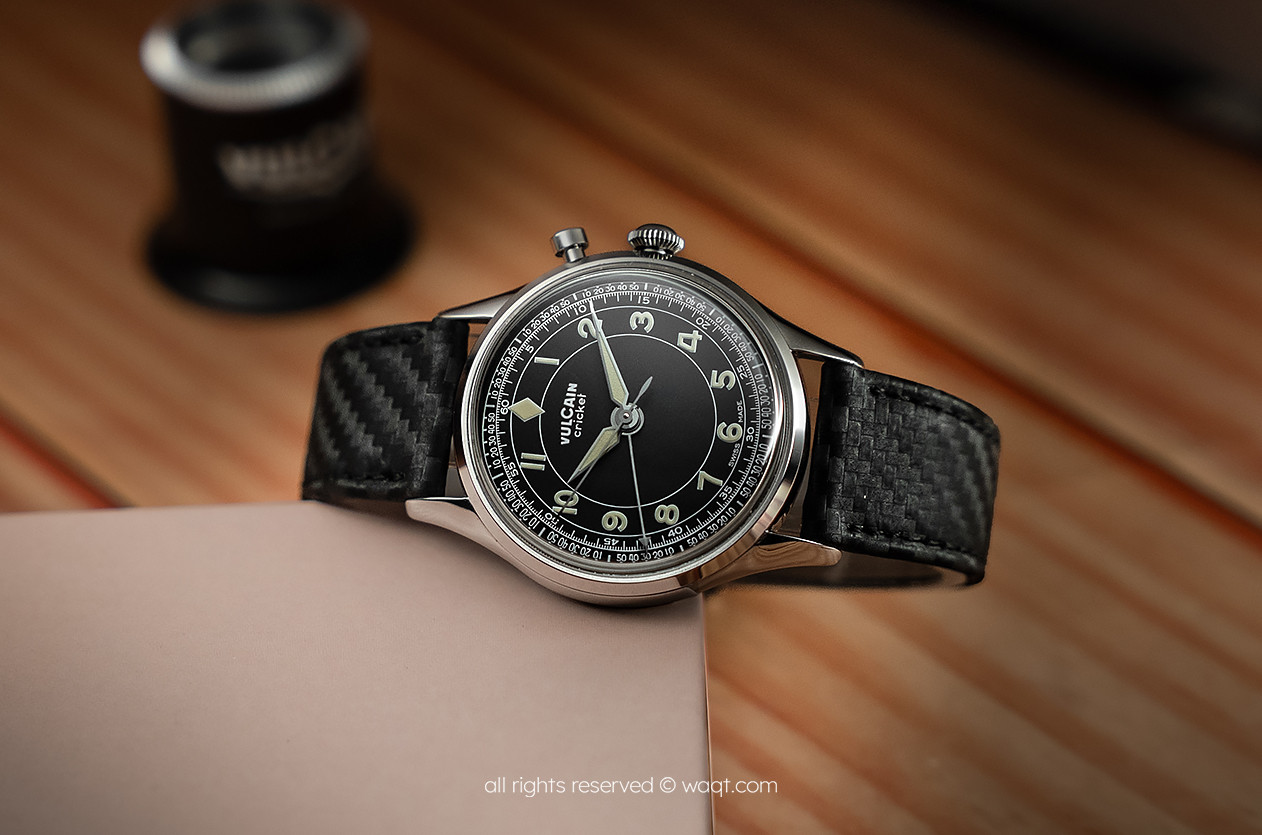
Hands on Vulcain Cricket Classic 39mm Black & Khaki
Comment Delete Text
This page is available in English only. Please click below to visit Arabic Home page!